Dying Light Performance: Best Gameplay Settings On ROG G751JL (GTX 965) Gaming Laptops
As creators of the Call of Juarez and Dead Island franchises, Techland has a knack for innovation. They are back with another first person shooter called Dying Light. You are Kyle Crane, an undercover operative infiltrating the fictional city of Harran, where a mysterious viral outbreak has turned the majority of residents into soulless creatures. Not as dangerous during the day, but at night the creatures' senses increase tenfold, making the infected much deadlier. Your mission to find Kadir "Rais" Suleiman becomes side-tracked as you need to decide whether to complete the mission or help the very survivors who helped save your life.
There certainly isn't a shortage of zombie movies and games in recent years, but there is arguably only a handful of creative people who have been able to bring the genre up a notch in terms of delivering fear. The introduction of running zombies certainly took the genre to a new level, Dying Light allows you to look back to see them sprint after you in order to get a chunk of your flesh, and this game shows you a few different reasons why this game again takes the genre to a whole new level. First of all, the new rules to the zombie genre: now zombies not only run, they climb and they jump buildings!
With the addition of verticality, surviving requires you to learn Parkour (developed from military obstacle course training, focusing on freerunning from A to B in the most efficient way possible) to evade the climbing zombies and complete your objectives. In a way, this is a cross between Mirrors Edge and Tomb Raider.
The game adds the need for improvisation (common sense and problem-solving skills even under dire circumstances), you can use more than a hundred various objects as weapons to chop, burn, shock, hack or bludgeon the infected when (not if) confrontation is necessary. You can also use distractions, traps and ultraviolet light to slow down the infected.
There is a dynamic day and night cycle effects. By day you can play this like a stealth game to avoid confrontation, but the change of pace keeps you on your toes and brings anticipation when day turns to night. XP rewards are doubled at night, so you'll have to 'be a man, do the right thing'.
There's also a dynamic weather system to not only showcase the nice visuals involving rain, wind and fog in the gorgeous open urban environment; it actually affects the way you play the game. Whenever you are climbing up high with sudden gusts of wind, you are just as worried about getting blown off as you are about being eaten, with every step the image of Neo's phone flying out of his hand in the movie Matrix plays over and over.
As if climbing zombies and the need to worry about falling to your death wasn't enough, you also have other humans to worry about. Smarter, armed and just as motivated to accumulate Antizen (not a cure, but something to keep bite-victims from turning into zombies) and other supplies.
There's a 4-player online co-op mode, a new 'Be the Zombie' mode, and coming soon will be a Hard Mode for those of you who put in the hours to get a PhD in game play.
Chrome Engine 6
While Kojima Productions has its new Fox Engine, Techland's answer is Chrome Engine 6. In it's sixth iteration (as the name suggests), after three dozen games over 12 years, it's safe to say Techland had a lot of time to work on its secret formula, particularly in the open world first-person-shooters genre. Dying Light is the first in showcasing Chrome Engine 6, where developers were offered the power thus freedom to create bigger and more detailed open worlds, whether outdoor or indoor environments. Like the Fox Engine and many other modern game engines, Chrome Engine 6 has been refined to make the environment more photorealistic than ever, also implementing changeable day/night/weather conditions in a way that is interactive rather than just looking pretty. Notable advancements include Physical Lighting Model, Spherical Harmonics based Indirect Lighting, and Atmospheric Scattering.
PC-Exclusive Graphics Enhancements
Needless to say, if there is a multi-platform game, the PC version is the best. Not bound by power, you can have better texture quality and view distance, also having the power to tinker with other options. Not bound to 30 frames per second, you can play Dying Light at 144 FPS (if you are lucky enough to power a 144Hz/G-Sync monitor). Collaboration with Nvidia means you have goodies such as NVIDIA HBAO+ Ambient Occlusion, NVIDIA Depth of Field technology and NVIDIA Dynamic Super Resolution (DSR) to get graphical fidelity not possible on other platforms. If you are the owner of a portable Nvidia Shield gaming console, you can even play Dying Light on the go via GameStream (G751JL is fully-compatible!).
Dying Light Performance: Best Gameplay Settings
Where the G751JY (GTX 980) is the big brother of the G751JL (GTX 965M), the ‘JL’ is also aimed to satisfy hardcore gamers, but is slimmer and more portable. It features up to a quad-core Intel Core i7 4860HQ processor, 32GB of DDR3 and Nvidia GTX 965M graphics.
G751JL tested spec:
- Intel Core i7 4720HQ processor
- 16GB 1600MHz DDR3L (4x4GB)
- Nvidia GTX 965M graphics card 4GB DDR5
- 128GB PCIe SSD option + 2TB SATA HDD
- Full HD (1920 x 1080) IPS display
- [ROG Gladius gaming mouse]
- Nvidia GeForce driver: 347.36
- Windows 8.1 Pro
If you are anxious to get into Dying Light, you can allow GeForce Experience to automatically apply graphics settings for you. However, the balance is often leaned towards performance more than quality. Allowing Nvidia to decide the options you would be offered these settings.
- Ambient Occlusion - Off
- Anti-Aliasing - Off
- Foliage Quality - Low
- Nvidia Depth of Field - Off
- Nvidia HBAO+ - Off
- Resolution - 1920 X 1080
- Shadow Map Size - Low
- Texture Quality - Medium
- View Distance - 0/12 (not sure why this is 12 when there are 17 levels available)
Let's check out if we can squeeze out more quality whilst maintaining good performance. To do that we need to first look at what options are offered:
Texture Quality
Having an accurate comparison between High and Medium was not easy since Texture Quality can't be changed mid-game, and the differences were so subtle I may have needed a microscope. If you want more performance, then take comfort in knowing that you're not missing out on much if you choose medium over high. There is a performance impact and so setting this to medium would be a sensible choice, especially considering that you may need up to nearly 4GB of VRAM (High/not a problem for G751JL) as opposed to 2GB (Medium/uses around 2GB of VRAM).
Shadow Map Size
This is a name that might be confusing as it's often called shadow quality. While I don't think high-quality shadows are a necessity in general, spooky zombie shadows would be an exception.
[gallery include="" size="medium" link="file" template="file-gallery"]
Foliage Quality
Adjusting this setting alters the density of grass. Adding objects usually affects performance and grass is no different, this is one of the first settings you can lower to gain performance.
[gallery size="medium" link="file" template="file-gallery" ids=""]
View Distance
While other games would find ways to avoid showing objects at a distance with fog, smoke, or other buildings, in Dying Light just the detail level is turned down. This is done so you can plan your parkour route. View Distance makes the biggest performance impact of all, but there is a 17-step slider so you have great control over how much detail there is in objects at a distance. We preferred 75% as the best balance, as anything beyond that was difficult to notice. It is also handy to know that CPU is the bottleneck here, so having an Intel Core i7 quad-core CPU really helps!
[gallery size="medium" link="file" template="file-gallery" columns="2" ids=""]
NVIDIA Ambient Occlusion
Ambient Occlusion (AO) adds contact shadows where two surfaces or objects meet, and where objects block light from reaching another nearby game element. Simply put, Ambient Occlusion adds depth and realism. There are two types of Ambient Occlusion in the game; SSAO (Screen Space Ambient Occlusion) which comes at the cost of a few frames per second, and HBAO+ (Horizontal Based Ambient Occlusion) which is a higher-quality SSAO that only affects performance slightly more than SSAO. So just use HBAO+ or turn it off altogether if you need more performance.
For SSAO, simply enable the Ambient Occlusion option in the video settings. For HBAO+, enable both Ambient Occlusion and NVIDIA HBAO+.
[gallery size="medium" link="file" template="file-gallery" ids=""]
NVIDIA Depth of Field (NVDOF)
This DirectX 11-powered effect is only active in cut scenes and conversations, increasing the quality of blurring. Although there is a significant performance hit, it doesn't apply to gameplay, so just leave it on.
Motion Blur
Realistically, when you snap your head around you need a split second before you can focus on anything. In the game the motion blur helps you recognize when Kyle still needs to come to his senses (eg. after leaping onto another building, or in shock from being attacked, etc.). Not much of a performance impact here.
Anti-Aliasing
Anti-aliasing gets rid of jagged edges, without it we won't be left with Space Invaders graphics, but smoother edges are always welcome, noticeable and comes at a very low cost. Avoid turning this off.
[gallery size="medium" link="file" template="file-gallery" columns="2" ids=""]
Film Grain Effect
This effect isn't for everyone, there's noise overlayed on the image much like and old film or ISO-grain, creating more of a 'horror film effect'.
Dying Light Best Performance Settings
Before anything, I surrounded myself with lots of zombies and have a great view where I can see as far and as much as possible, to create a worst-case scenario. Considering the power I possess within the G751JL, having everything maxed out shouldn't be a problem. After doing some sight-seeing, I ran around antagonizing zombies for a total of 5 minutes on each setting (maxed out / Nvidia Optimized) and here are the results:
[gallery include="" size="medium" link="file" template="file-gallery" columns="2"]
It appears that Nvidia's optimized settings are definitely focused toward best performance achieving an average of 60FPS (Max=69/Min=52). My approach on the other hand is mainly focused towards best quality, achieving an average of 44FPS (Max=63/Min=34). Even though I know lowering Texture Quality from High to Medium won't make a noticeable difference, I 'm going to leave it on High, there's satisfaction in knowing I CAN! There you have it; 44FPS with everything maxed out or 60FPS in lower definition. I know what I'd go for.
As far as gameplay is concerned, this is best played in the dark with a pair of Strix 7.1's strapped to your head... although I haven't yet dared try.
Author
Popular Posts
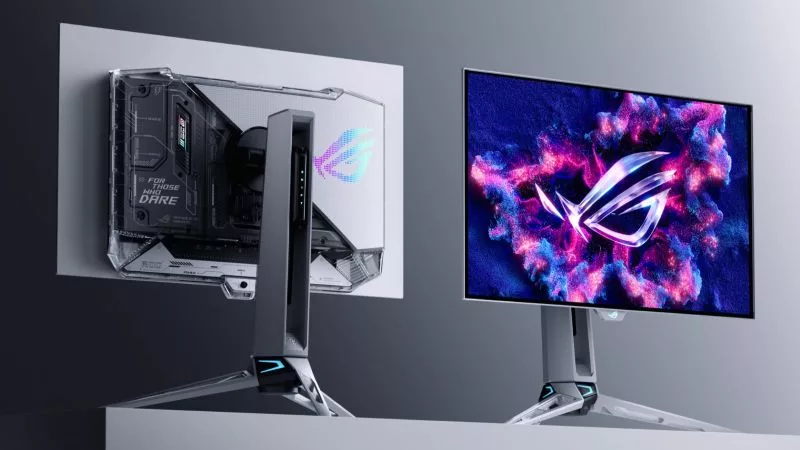
Prepare for Tandem OLED splendor with these new ROG gaming monitors

How to adjust your laptop's P-Cores and E-Cores for better performance and battery life
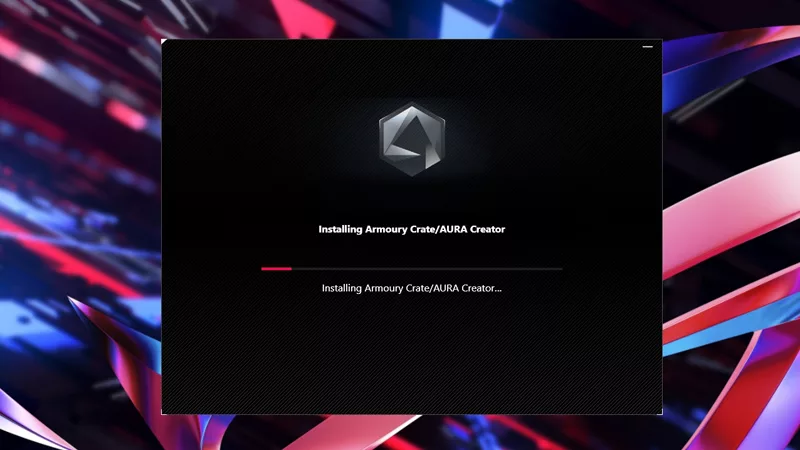
How to Cleanly Uninstall and Reinstall Armoury Crate
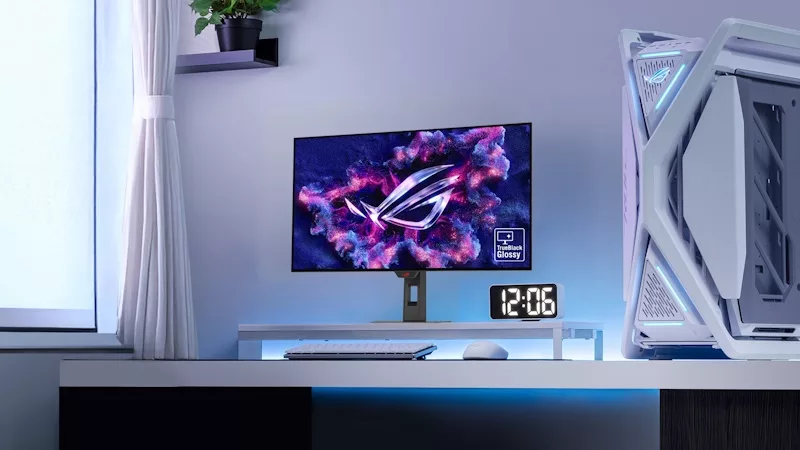
32-inch glossy WOLED panels debut in the ROG Strix OLED XG32UCWMG and XG32UCWG gaming monitors
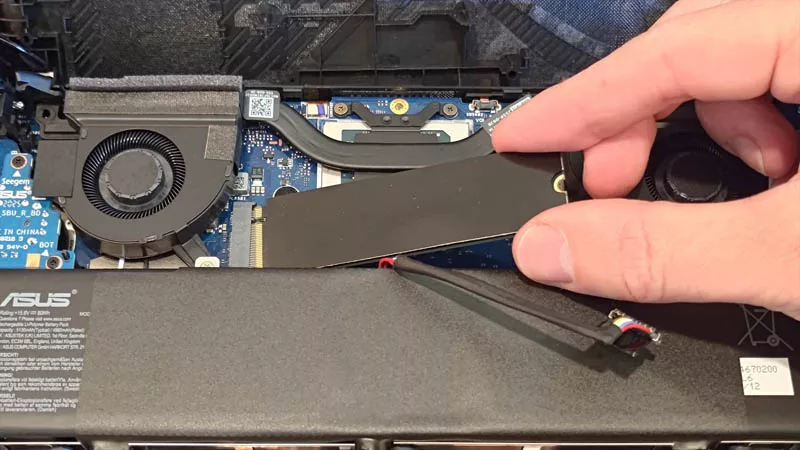
How to upgrade the SSD and reinstall Windows on your ROG Ally, ROG Xbox Ally, or ROG Xbox Ally X
LATEST ARTICLES

Hands-on: The ROG Raikiri Pro took my couch gaming to the next level
I've been a diehard PC gamer all my life, but I often play on the couch. The ROG Raikiri Pro has improved my living room PC gaming immeasurably thanks to a few useful features and loads of customizability.
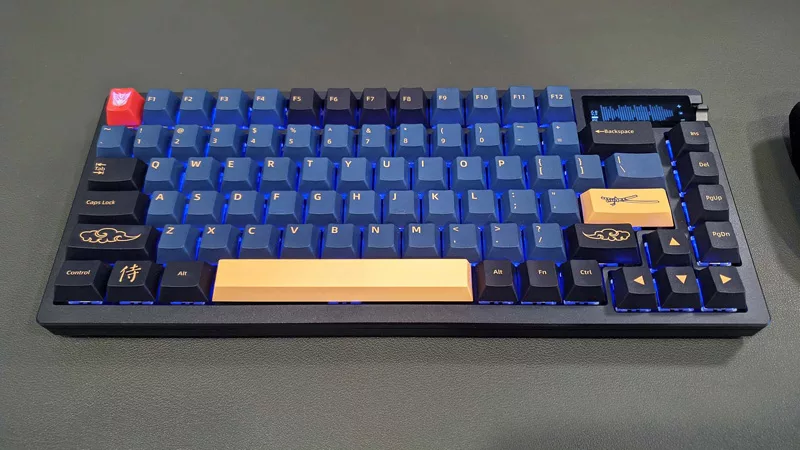
Hands-on: The ROG Azoth became the canvas for the keyboard of my dreams
Ever since I bought my first mechanical keyboard, I’ve been on a mission to mod and upgrade, mod and upgrade. But I think the ROG Azoth may actually be my endgame.
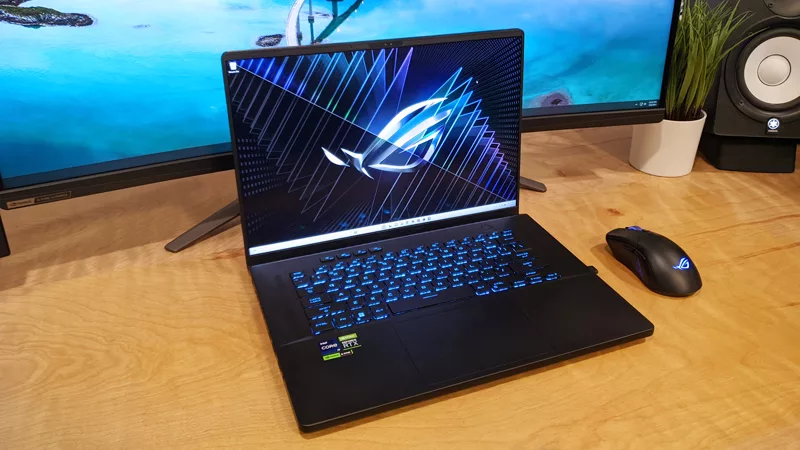
The Zephyrus M16 blends outstanding HDR gaming performance with undeniable luxury
The new ROG Zephyrus M16, with its Nebula HDR display, is like bringing a high-end home theater gaming setup with you wherever you go.
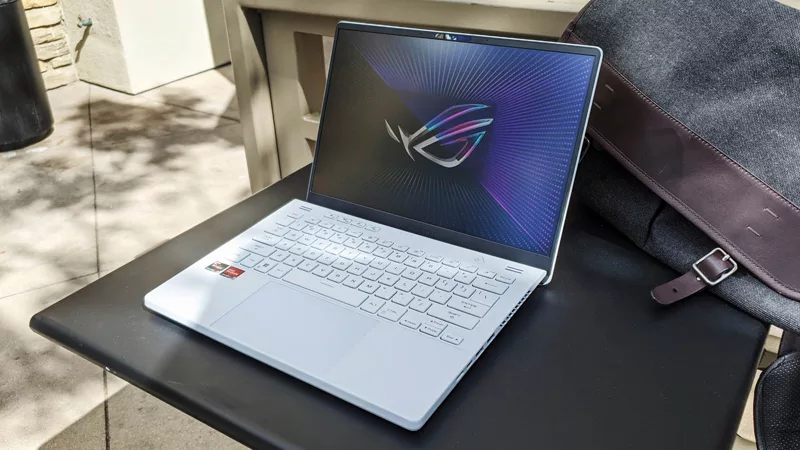
Radeon graphics and a stellar new display reinvigorate 2022 ROG Zephyrus G14
For a long time, I had to choose between underpowered ultraportable laptop and large laptops capable of gaming. But the ROG Zephyrus G14 puts admirable gaming chops into an ultra portable machine that travels anywhere.
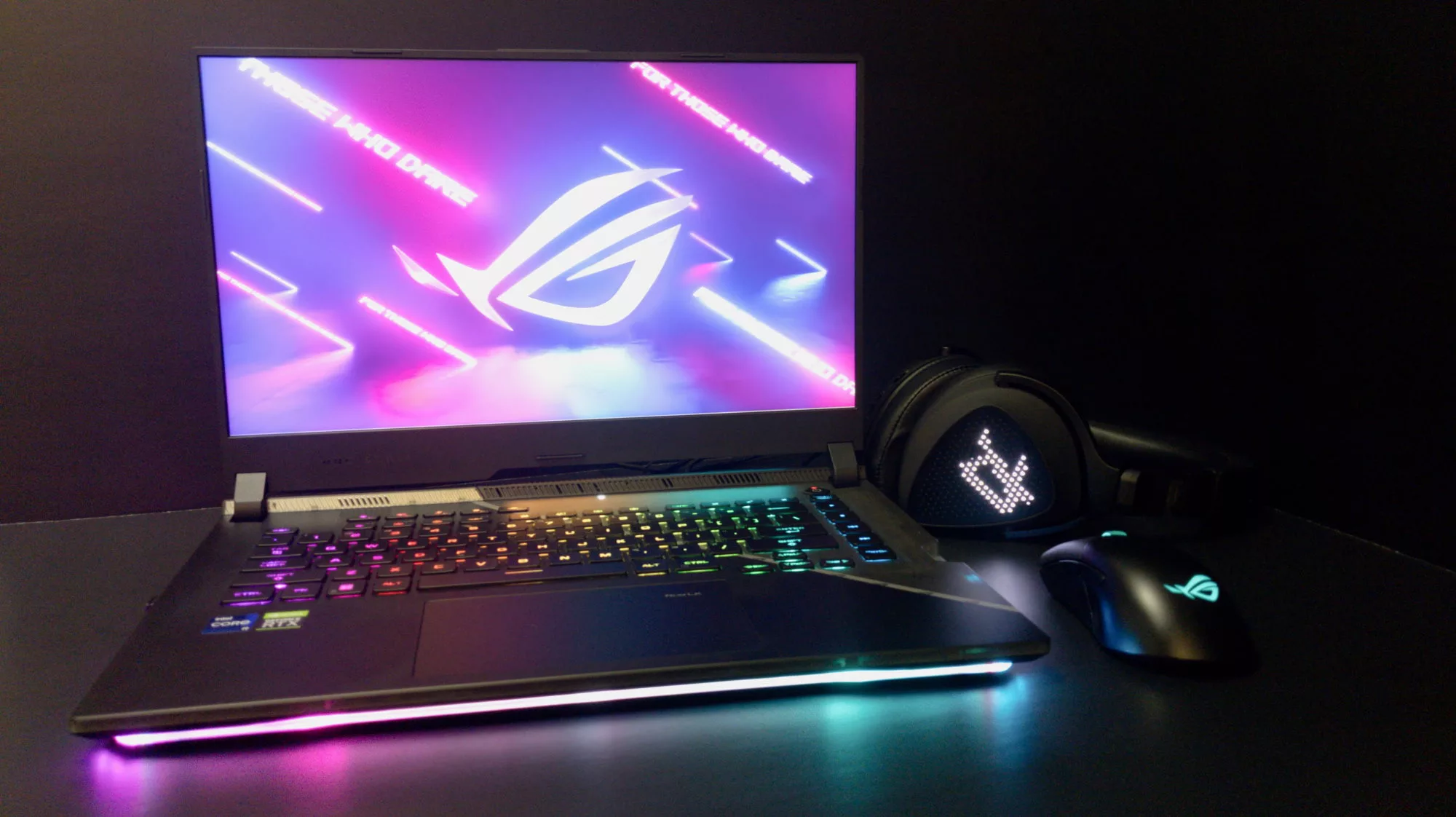
Ready to rumble out of the box: Hands-on with the ROG Strix SCAR 15
Living on the move or in a smaller space isn't a roadblock to high-end gaming. The ROG Strix SCAR makes portable powerful.
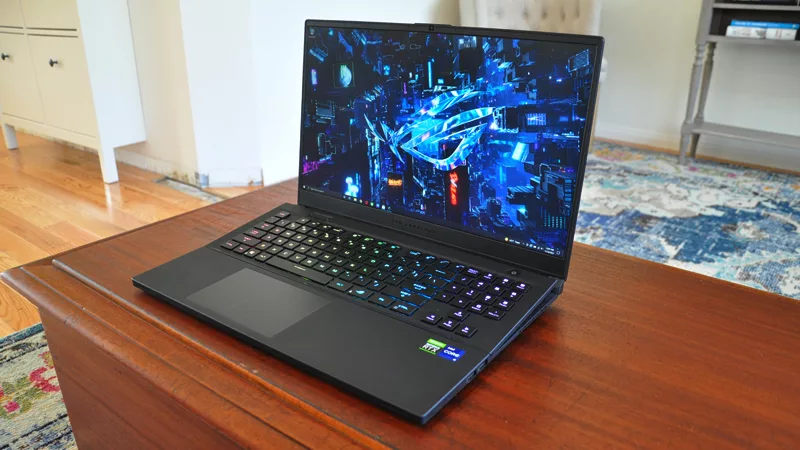
The ROG Zephyrus S17 is an outstanding mixture of power and portability
The S17 has it all: top-tier hardware in a slim package with all the bells and whistles.










